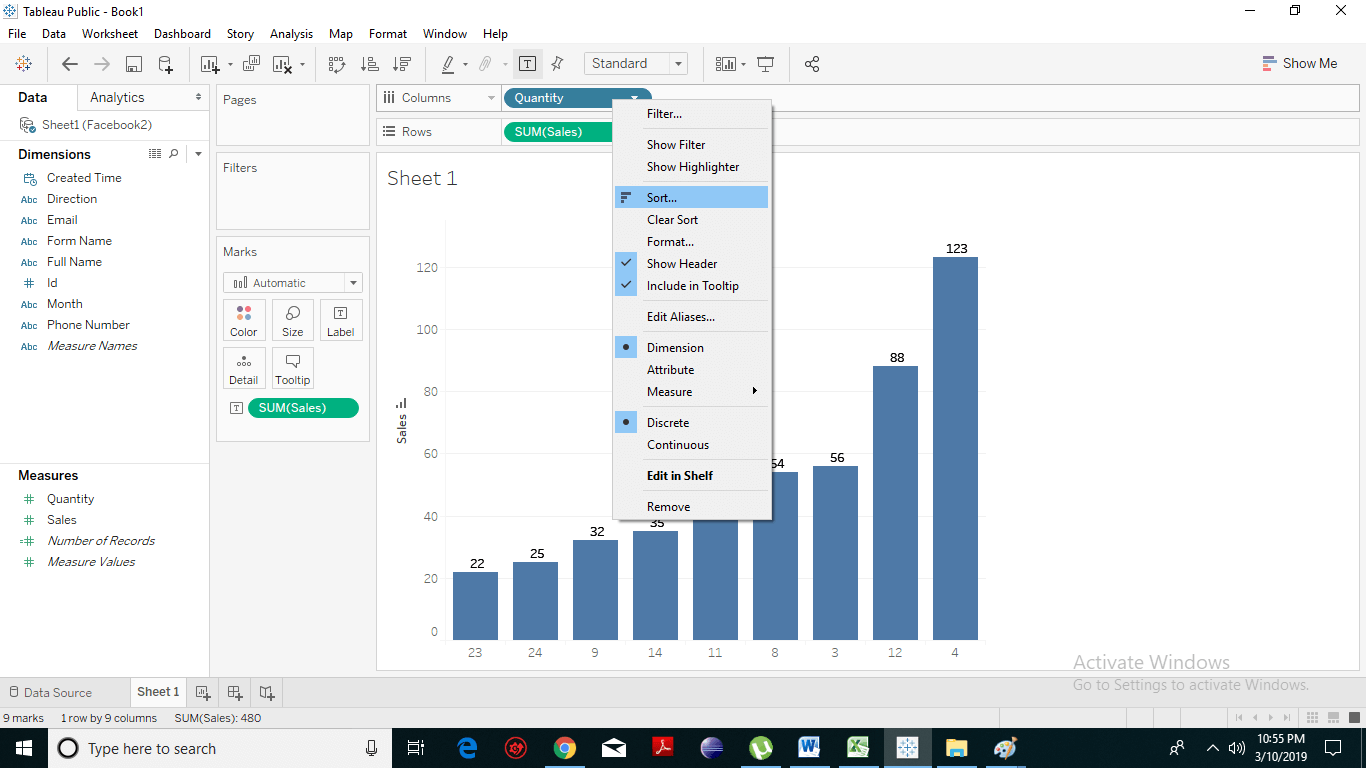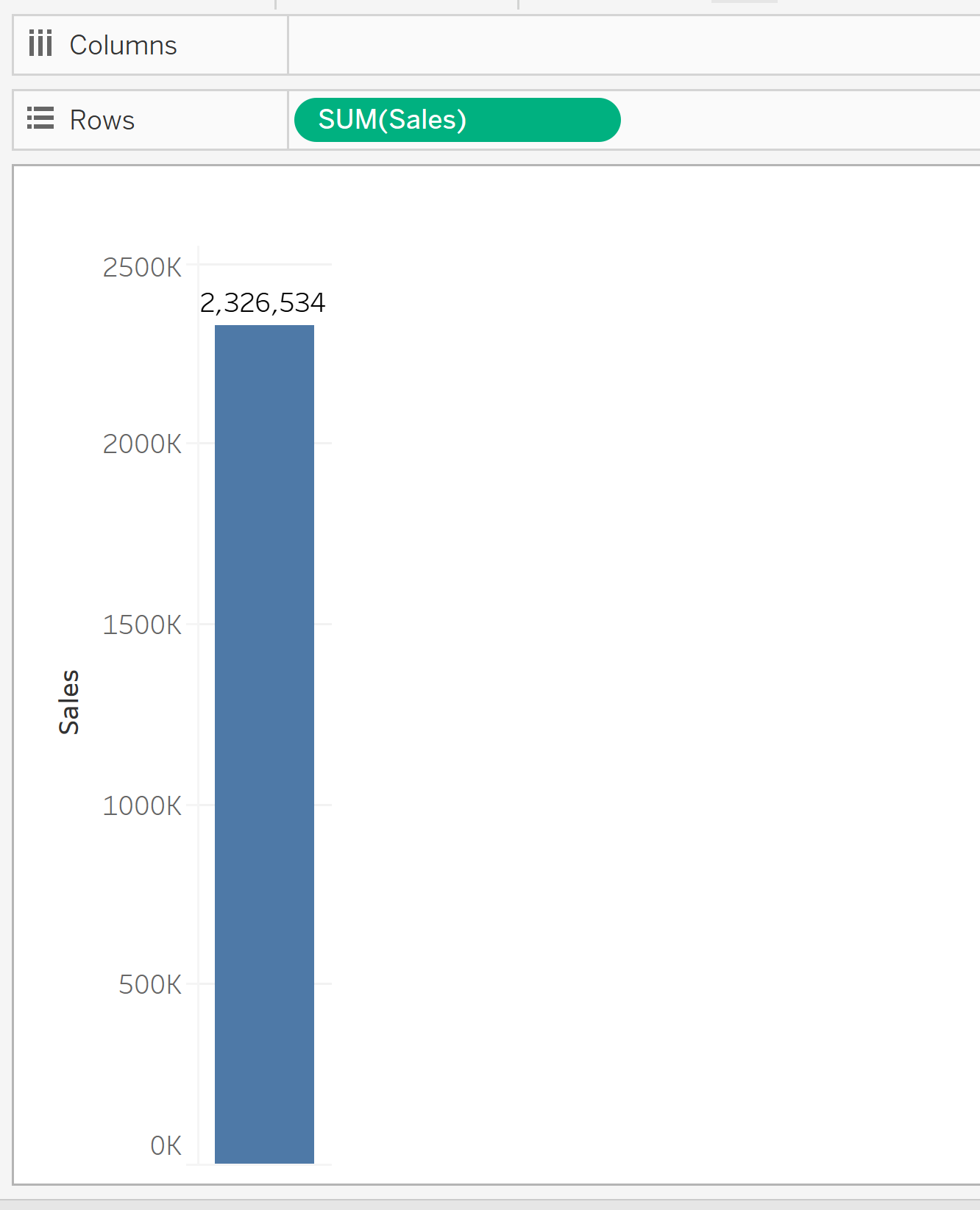Awesome Info About What Is The Difference Between A Dimension And Measure In Tableau Ggplot Bar Line

This means that a measure is a function of other dimensions placed on the worksheet.
What is the difference between a dimension and a measure in tableau. Understanding tableau dimensions and measures. When we input data into tableau, tableau automatically separates this data into two categories, dimensions and measures. West) instead of the years.
Understanding chatgpt output investigating chatgpt’s logic rule for making nuanced assertions beyond binary yes/no classifications is crucial for understanding its complex reasoning capabilities. And measures typically contain things you can measure, like numeric and quantitative values. Understanding the difference between the two will save you a lot of time when you are looking for specific field.
For instance, you might calculate the sum of “sales” for every “state”. Dimensions often produce headers when added to rows or columns, and measures typically produce axes when added to the view. Dimensions primarily contain categorical data, while measures contain numerical data.
One term that frequently comes up with measures is dimension. Hi everyone, this is the first ever question i have asked in tableau, so please bare with me! You can use dimensions to categorize, segment, and reveal the details in your data.
A measure is a field that is a dependent variable; That being said, there can be exceptions to this rule, so it helps to understand how tableau treats these types of fields. In the realm of tableau, understanding the distinction between dimensions and measures is foundational for creating effective visualizations.
The dimension is what you “slice and dice” the number by. Consider the subset of dimension values that are returned for an inner join on the related dimensions student and class. A quick intro to what is a dimension versus a measure;
It also explores the components of tableau server. In tableau, dimensions are fields that categorize and provide context for measures, while measures are numeric data used for quantitative analysis. Parameters can be used with both dimensions and measures to enable dynamic filtering and customization of visualizations.
We can import data into tableau either online or offline. Data fields are made from the columns in the data source. But there is a more important conceptual difference.
Measures contain numeric, quantitative values that you can measure. Dimensions represent qualitative, categorical data such as names, dates, or categories, providing context for analysis. In tableau, dimensions and measures are two fundamental types of data fields used for creating visualizations.
Dimensions typically contain qualitative values (such as names, dates, or geographical data). Aggregation is the process of combining multiple data points into a single value. In tableau, a dimension is a field or category used to organize, segment, and categorize your data.























